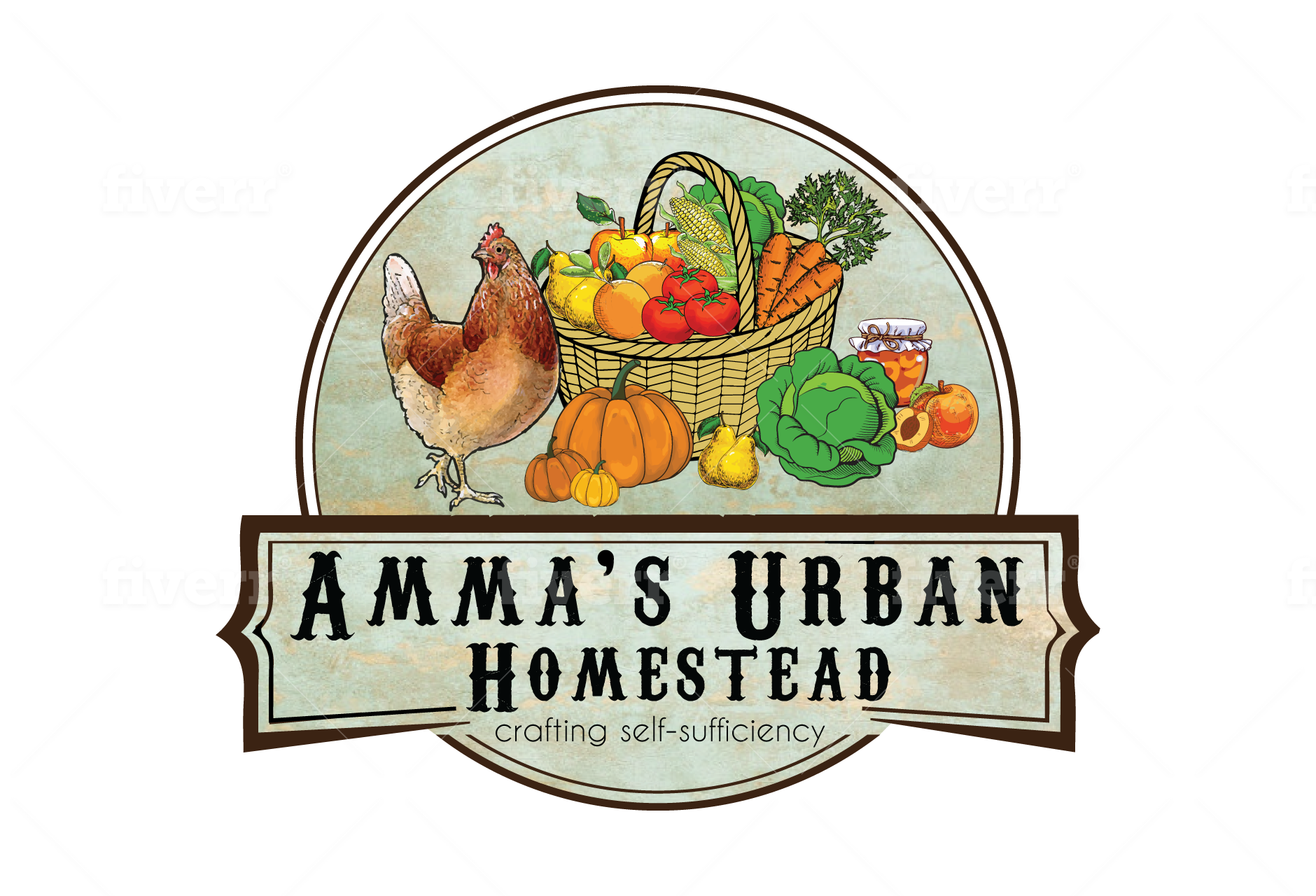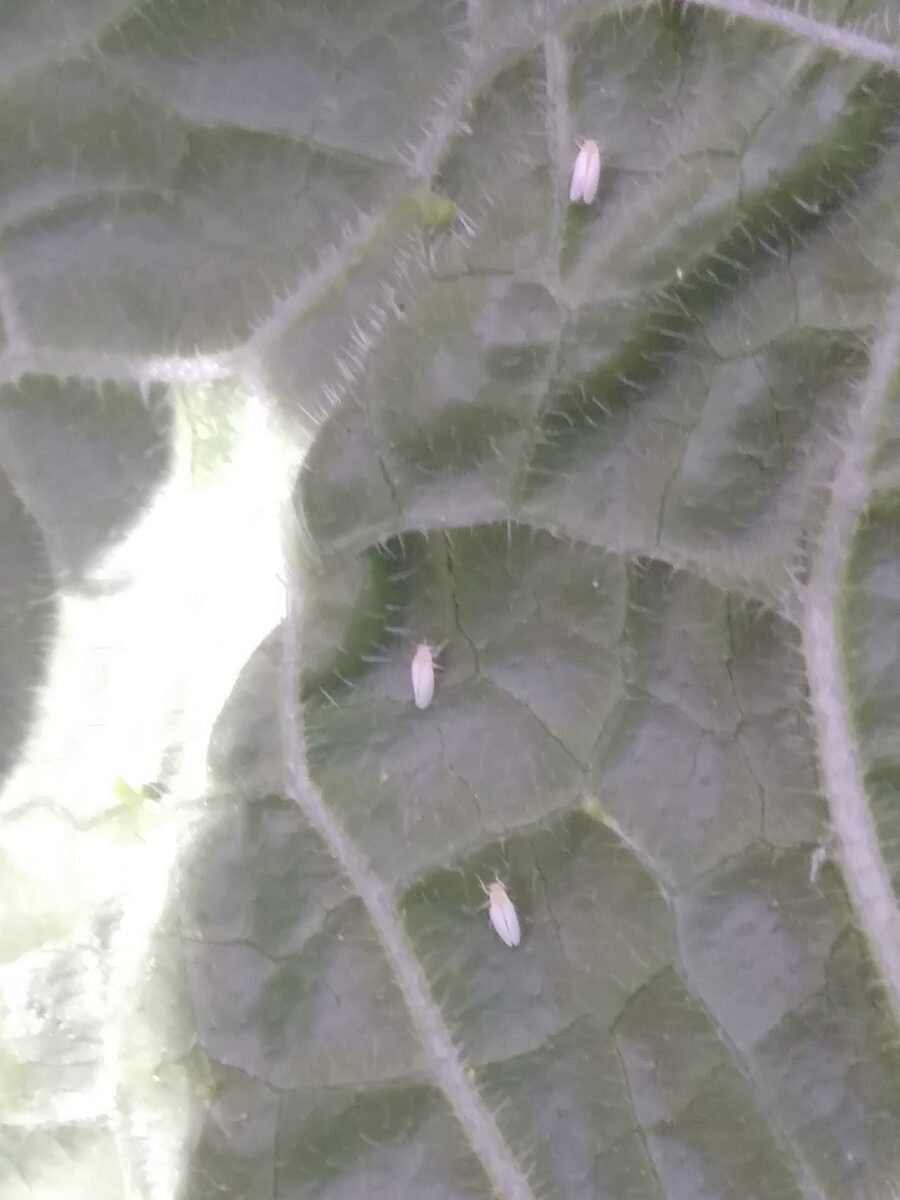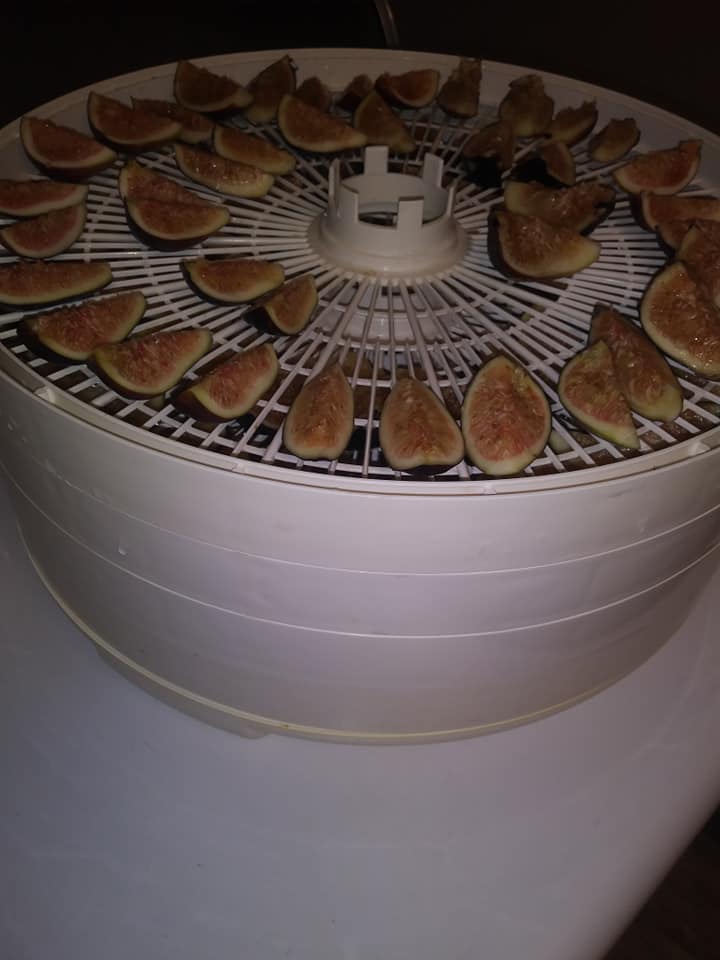Amma's Urban Homestead is Going Country I am happy to share that my retirement and move to the country is finally in sight! In 2026, I will be retiring and...
Don't miss out! Enter your email address to subscribe to my blog.
Hello and welcome to Amma’s Urban Homestead!
My name is Sandra, but I was dubbed “Amma” by my oldest grandchild when he was about eight months old. It was his attempt to say, “grandma” and the name stuck. I was curious if it had a meaning and found that “Amma” means “mother”, “grandmother”, or “spiritual mother” in various languages.
This blog is your window into my urban homestead, which is truly a work in progress. It is an opportunity to follow the transformation of an ugly duckling city lot into a sustainable, organic food forest from (nearly) the beginning.
“A food forest, also called a forest garden, is a diverse planting of edible plants that attempts to mimic the ecosystems and patterns found in nature. Food forests are three dimensional designs, with life extending in all directions – up, down, and out.” – Project Food Forest
I am an Arizona native who grew up on small farms, first at Buckeye, then near the tiny town of Wellton. I have also lived in Oregon and Arkansas, but the desert always called me home. I have lived in the greater Phoenix area for many years, but never lost my country ways. Working on my homestead is my escape from the fast-paced craziness of modern life.
My parents were products of the Great Depression and WWII rationing, so we youngsters all learned the value of work and frugality. We also learned to grow a garden, preserve the harvest, raise livestock, and fix what broke! We grew most of what we ate and never went hungry even though there was not a lot of money. We practiced the old saying, “use it up, wear it out, make it do or do without.” Country folk were the original experts on recycling, reusing, and self-sufficiency!
I started this blog to help others who long for the country life while living in the city. Personally, I would prefer forty acres in the country, but making a living and being near family has kept me here. I will be retiring in 2026 and that land in the country will be a reality instead of dream!
My home is a typical 1970s block ranch-style house on a typical lot. My goal is to convert the native alkaline, nutrient deficient soil into a rich loam that will support gardens, fruit trees, and plants for wildlife and pollinators using my own blend of organic, biointensive, and regenerative agricultural practices. I am taking the best of several methods and adapting them to the unique challenges of our desert soils and climate.
Traditional, old-time skills are important to me, too. As folks traded country living for the conveniences of town and city life, the know-how needed to survive hard times and emergency situations were no longer passed on to the younger generations. Some of the skills I will share with you include:
- Gardening (a blend of science and traditional practices)
- Growing fruit
- Composting and vermicomposting
- Preserving food (canning, making jellies and jams, pickling, drying, and freezing)
- Cooking from scratch
- Breadmaking
- Making butter and cheese
- Small livestock (selecting, housing, raising, and butchering)
- Sewing and mending
- Rainwater and grey water harvesting
- Home repairs and maintenance
- Carpentry
- Emergency preparedness
While preserving the skills and knowledge of my ancestors is important to me, I also like to know why and how things work. I have a background in biology, ecology, chemistry, soil science, water resources, and natural resource management that compliments my traditional skills. I don’t know it all, but I usually know how to find the answers!
As Ralph Waldo Emerson said, “Life is a journey, not a destination.” I hope you will join me on my journey!
Ralph Waldo Emerson observed that, “There are only ten minutes in the life of a pear when it is perfect to eat.” While Mr. Emerson did exaggerate in his assessment...
Most people probably do not give much thought to the sex life of plants. But, for gardeners and about 90% of all plants, it is of utmost importance! Without proper...
It is hard to we are halfway through summer! Many vegetables can be planted from July through September. Take a look at the planting calendar for ideas. Now is the...
In the heat of a Phoenix summer with above normal high temperatures, fall can seem far away. But fall planting time will be here before we know it! While we...
Coffee Grounds, the Good, the Bad, and the Truth
I like to read journal articles in search of the truth of what I call "garden lore". There are many "facts" floating around that people have passed along so many...
Native soil here in the desert southwest presents some special challenges. From removing rocks and gravel to combating Bermuda grass, a soil sifter makes preparing garden beds much easier. Soil...
Are white flies out of control on your plants? Are you wondering where they came from? Do you need solutions? This time of year, when it's hot and dry, plants...
When your fruit trees, grape vines, or berries produce a bumper crop, it is time to preserve the harvest. One of the easiest ways to preserve fruit is drying or...
Few things are more disappointing than picking that first ripe tomato only to find a sunken black spot on the bottom! Blossom-end rot (BER) can affect tomatoes, peppers, summer squash,...






